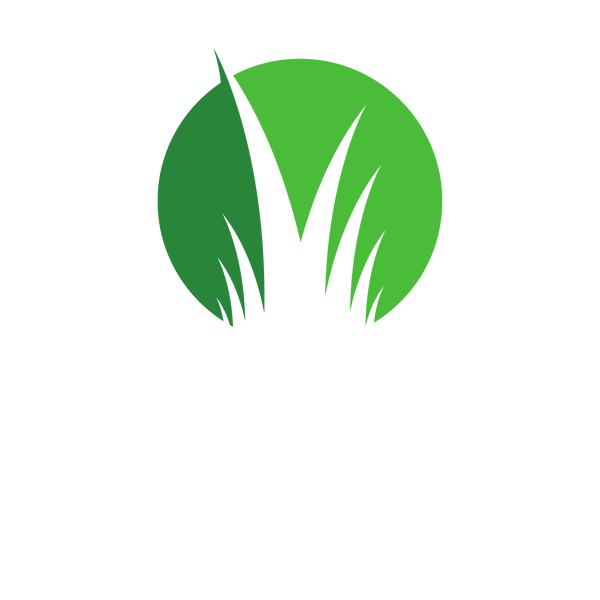In a market filled with countless wellness supplements, Shilajit has carved out a solid reputation for its remarkable health benefits—from boosting energy and immunity to improving cognitive function and male vitality. However, if you’ve been browsing Shilajit online or in stores in the USA, you’ve likely encountered a confusing price range. Some products are under $30, while others climb beyond $100. Why is there such a gap?
Let’s break down the real reasons behind why Shilajit price in the USA vary and how you, as a health-conscious consumer, can choose the right product wisely—balancing quality, safety, and value.
1. Sourcing Location and Altitude
One of the biggest factors that impact Shilajit’s price is where and how it’s sourced. Genuine Shilajit is found in high-altitude mountain regions like the Himalayas, Altai, and Caucasus Mountains. These areas are known for producing the most mineral-rich Shilajit, but harvesting from such rugged terrain requires significant time, effort, and labor.
Shilajit sourced from lower altitudes or less reputable regions may lack the same potency and purity. Products from such sources are typically cheaper—but also less effective.
2. Type & Form of Shilajit
Shilajit is available in different forms—resin, powder, capsules, and tablets—each with its own production cost and potency level.
Resin Shilajit is the most unrefined and potent form, requiring delicate purification and packaging. It's also the most expensive but offers the highest bioavailability.
Powder or capsule forms are often diluted, highly processed, and mixed with fillers. They are generally cheaper but can be less effective unless produced by a reputable source.
Always keep in mind: when it comes to Shilajit, form matters, and resin typically delivers the best value for money despite its higher price tag.
3. Processing & Purity Standards
Processing methods directly affect Shilajit’s safety and efficacy. Top-tier brands invest in traditional water purification methods without high heat, preserving the product’s natural minerals and fulvic acid content.
Low-cost brands might skip these steps or use chemical processing techniques, which reduce the Shilajit’s quality and increase the risk of contamination.
Look for brands that:
Use slow, traditional purification
Avoid chemical solvents
Offer third-party lab test reports
This level of transparency and care comes at a cost—but it guarantees a safer, more effective product.
4. Fulvic Acid Content
Fulvic acid is the active compound in Shilajit responsible for its rejuvenating effects. Premium Shilajit resin contains 50%–70% fulvic acid, which supports energy, nutrient absorption, and detoxification.
Cheap products either don’t list fulvic acid levels or have extremely low content (under 20%). Since most consumers don’t know to check this, some companies price their products low and rely on flashy marketing rather than real performance.
When evaluating cost vs. value, always compare fulvic acid concentration per gram—not just the price tag.
5. Third-Party Testing & Certifications
Any reputable Shilajit brand will back its claims with third-party lab testing, checking for:
Heavy metals (like lead and arsenic)
Microbial contamination
Pesticide residues
Purity and potency
These safety certifications add to the cost—but they’re essential for consumers in the USA who demand clean, compliant, and effective supplements. Low-cost Shilajit rarely offers this transparency, making higher-priced options far more trustworthy.
6. Packaging Quality & Preservation
Shilajit resin is photosensitive, meaning it can degrade when exposed to light or air. Premium brands package their resin in dark glass jars or UV-resistant containers to ensure maximum shelf life and potency.
Cheaper versions often come in plastic jars or substandard packaging, leading to oxidation and reduced effectiveness over time.
Smart buyers know that good packaging is a sign of a brand’s attention to detail—and it’s worth paying a little more for better product integrity.
7. Brand Trust & Customer Support
Premium brands have built their reputation through consistency, quality, and excellent customer service. They invest in education, user experience, and post-sale support, all of which add to the overall price.
Lower-cost brands usually cut corners in these areas. They might offer cheaper prices upfront, but the lack of support or refund options can make it a risky investment.
Where to Buy Shilajit at a Fair Price in the USA

If you want authentic, lab-tested, and reasonably priced Shilajit, we highly recommend Grassit—a trusted source for Himalayan Shilajit resin in the USA.
Here’s why Grassit stands out:
Sourced from high-altitude Himalayan ranges
Delivered in resin form for maximum potency
Lab-tested for heavy metals & fulvic acid content
Packaged in dark glass jars
Transparent about sourcing and manufacturing processes
Grassit balances premium quality with fair pricing, giving consumers the peace of mind that they’re getting exactly what they pay for—pure, potent, and safe Shilajit. Whether you’re new to natural wellness or a seasoned herbal enthusiast, Grassit is a brand you can trust.
Final Thoughts: Invest in Quality, Not Just Price
Choosing the right Shilajit isn't just about finding the cheapest product—it’s about identifying real value. And in the world of herbal supplements, value is a combination of purity, potency, safety, and transparency.
Next time you're shopping for Shilajit in the USA, remember:
-
Check the source and form
-
Look for lab-tested fulvic acid content
-
Verify purity and packaging
-
Choose a reputable brand like Grassit
When you invest in high-quality Shilajit, you’re not just buying a supplement—you’re investing in long-term energy, vitality, and overall wellness. Choose wisely, and your body will thank you.
Would you like this repurposed into social posts, product descriptions, or a YouTube script? Let me know—I’m here to help your content strategy thrive


